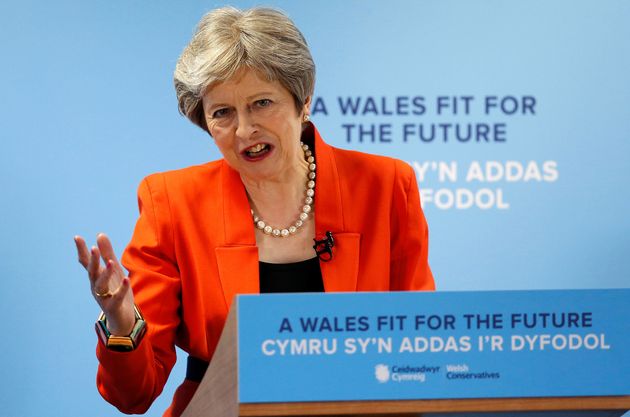
The Department for Education (DfE) announced last week that it will provide £50million extra funding for England’s 163 surviving grammar schools with details of the remaining £150million to be announced later. This funding, however, is dependent on these schools setting out what action they will take to boost the number of disadvantaged pupils they admit.
Many MPs and commentators in the education space have criticised the decision. Kevin Courtney of the National Education Union (NEU), said: “The grammar school corpse has climbed out of its coffin once again despite evidence of the damage that selective education causes.” But the reality is that this new policy, which places strict conditionality on current grammar schools expanding and rules out the creation of new schools, is far removed from Theresa May’s original vision which was to lift the ban on creating new grammar schools and allow existing comprehensive schools to become selective. This could have led to hundreds of new selective schools established across the country but the policy was dropped in the wake of last year’s election result.
Critics argue that the move allows the increase of selective education in a “covert” way by enabling the creation of annexes, which can be on separate sites to existing schools. But this has been happening in recent years anyway. For example, last year the Weald of Kent Grammar School opened a controversial annexe in Sevenoaks – 10 miles from its original site – after ministers ruled it to be an expansion of the same school.
Shadow education minister Angela Rayner has criticised the new plans as “absurd” and claims that grammars do nothing to drive social mobility. She probably has a point based on the ways in which grammar schools currently operate . According to the Sutton Trust, grammar schools admit four times as many children from fee-paying prep schools as children on free school meals, while research from the Department for Education shows that around 2.6 per cent of grammar school pupils are on free school meals, compared to 14.1 per cent across all school types. As the Daily Telegraph’s Jeremy Warner notes, current grammars offer “segregated education for the middle class.” But this can change under the new system. As part of the policy, the body representing most of the country’s grammar school headteachers, The Grammar School Heads Association, has signed a memorandum of understanding with the DfE placing a duty on the Association to encourage its member schools to design admission arrangements which increase access to their schools for disadvantaged pupils. In particular, they will aim to prioritise those eligible for pupil premium funding, and consider how to publicise this to applicants and other schools alongside committing to improve outreach work with primary schools.
The announcement by the DfE strikes the right balance: expansion of those grammar schools already in existence with disadvantaged pupils fully in mind. Ironically this is a policy that may sit more comfortably with Justine Greening (who made social mobility her core issue at DfE) than Theresa May and the architect of the original proposals Nick Timothy. Their plans to create new grammar schools across the country are now firmly dead in the water.